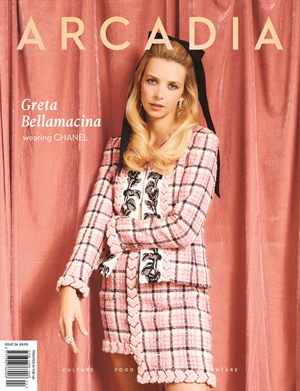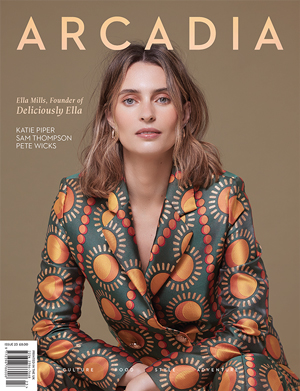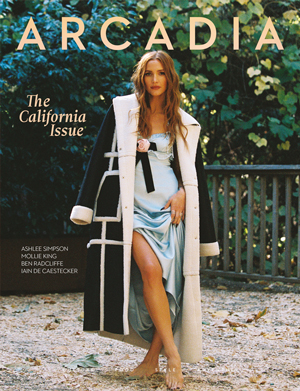Jewellery is often chosen to mark a special moment, and rings, in particular, carry deep personal meaning. Getting the right fit is essential—not just for comfort but for everyday practicality. A ring that’s too loose risks slipping off, while a tight one can become uncomfortable over time. The ideal fit allows for easy movement but stays secure throughout the day. Materials, finger shape, and even temperature can affect how a ring feels. Making the right decision from the start avoids unnecessary adjustments later. Read the full article for useful ideas on choosing a ring that feels as good as it looks.
Knowing Your Finger Shape and Size Changes
Our fingers change throughout the day and across seasons. Warm weather can cause swelling, while cold temperatures may make your fingers shrink slightly. Time of day also matters—fingers tend to be larger in the evening compared to early morning. Understanding these variations is key to picking a size that works most of the time. If you’re measuring your finger at home, be sure to try at different times during the day for an average result. Also, take note of knuckle size; rings must slide over comfortably but not be so loose that they spin.
Understanding Different Sizing Methods
There are multiple sizing systems used across different countries, and knowing which one applies can help avoid confusion. Some use letters, others use numbers or millimetres. While printable sizing guides are helpful for general measurement, ring sizers or professional fittings offer better accuracy. Be cautious when comparing charts online—small discrepancies can cause a big difference in fit. If buying from a brand that uses its guide, always refer directly to its chart for best results. Getting measured in-store, if possible, remains one of the most reliable methods.
Material and Bandwidth Considerations
The design and material of the ring influence how it feels on your hand. Thicker bands may feel tighter, even if the size is technically correct. Lightweight or thin bands can feel looser and more flexible. Materials like gold or platinum behave differently from alternative metals like titanium or tungsten, which have less give. When choosing a ring, consider whether you want a snug fit or room for future resizing. Some styles are more adaptable than others, which is important to factor in if your finger size tends to fluctuate.
Matching the Ring to Daily Lifestyle
Wearing a ring every day requires a balance between form and function. If your lifestyle involves frequent handwashing, physical work, or sports, the fit should prioritise security without discomfort. People who work with their hands may prefer a tighter, lower-profile fit to avoid snagging. If you wear multiple rings together, such as a stack or alongside a wedding band, spacing and fit must be planned accordingly. Keeping your routine in mind will help determine what level of snugness is right for you.
Thinking About Long-Term Wear
Over time, fingers may change due to age, weight shifts, or other factors. Choosing a ring that allows for resizing down the line can add peace of mind. Some designs, especially those with intricate details or full bands of stones, may limit your resizing options. It’s helpful to ask about future adjustments when purchasing a ring, particularly if it’s for a milestone event. Comfort-fit bands are increasingly popular for their interior curve, making them easier to wear long-term.
If you’re planning to make a meaningful jewellery purchase, it’s important to consider the correct size for your Tiffany ring so it sits comfortably and securely for years to come. The right fit enhances both the beauty and practicality of your jewellery, making it a lasting part of your story.







